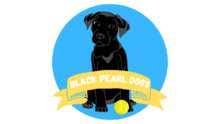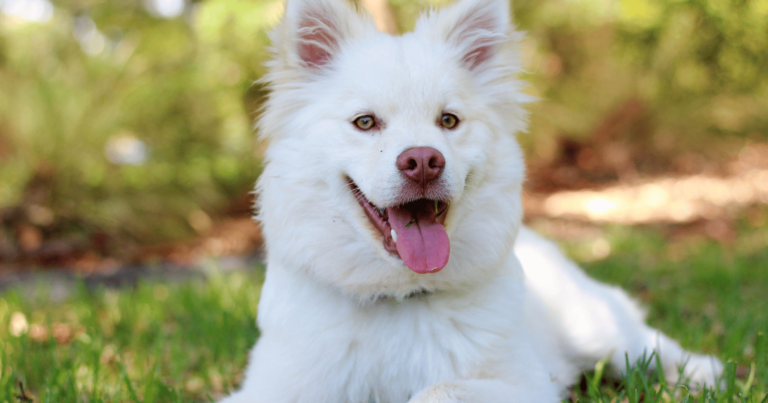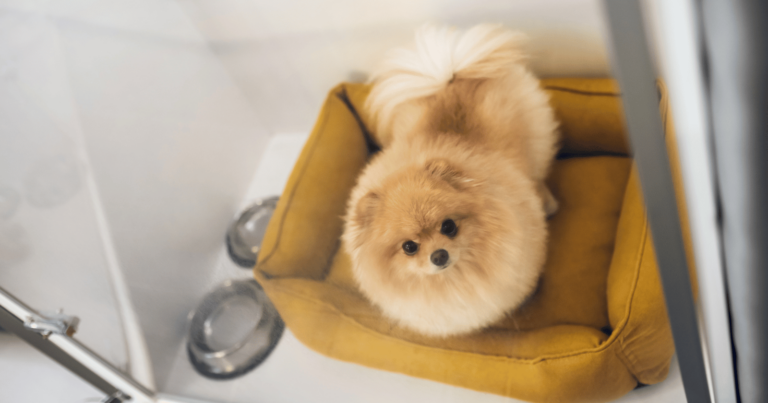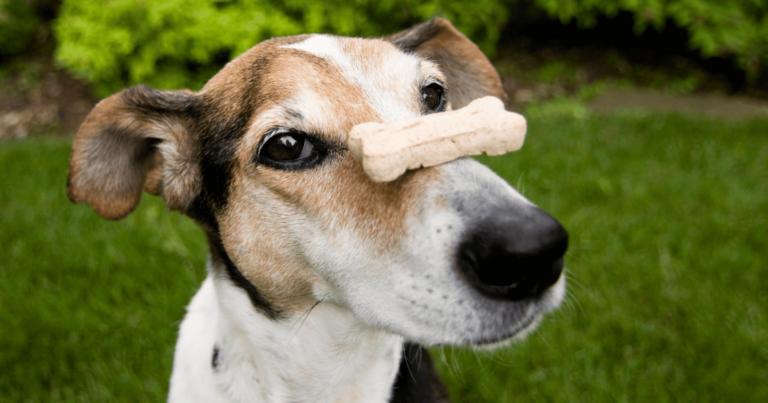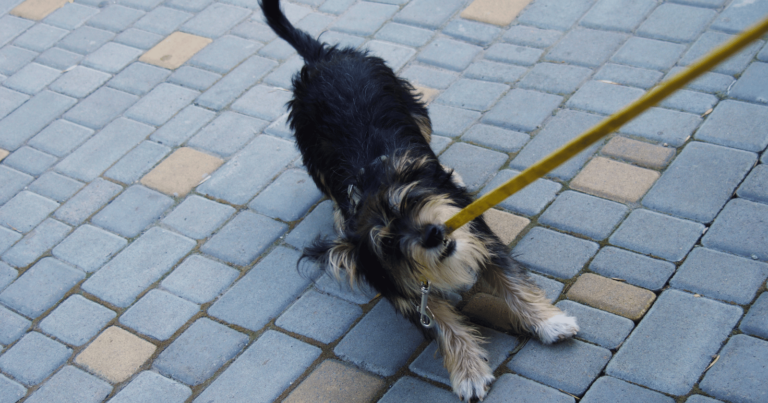There’s a fine line between overfeeding your dog and ensuring they get enough nutrition.
It’s all about balance.
You don’t want to deprive your furry friend of food, but you also don’t want to cause health problems by overfeeding them.
Determining the perfect portion size for your dog can feel like a guessing game, but it doesn’t have to be.
With a few expert tips and insights, you can figure out exactly how much you should be feeding your dog without going overboard.
So, here are nine tips to help you determine the ideal portion size for your canine companion.
1. Understand your dog’s breed and size
Size matters, especially when it comes to feeding your dog.
The breed and size of your dog are the first things you need to consider when determining their food portion.
Different breeds have different dietary needs.
For instance, a Chihuahua doesn’t require the same amount of food as a German Shepherd.
And it’s not just about the breed.
The size within the breed also matters.
A smaller dog of a particular breed will typically need less food than a larger one.
Knowing your dog’s breed and size will give you a solid starting point for figuring out how much to feed them.
Just remember, these are general guidelines.
Each dog is unique, so you might need to adjust the portions based on your pet’s specific needs.
But overall, understanding your dog’s breed and size is an essential first step in determining the perfect portion size.
2. Monitor your dog’s weight

Weight is a critical factor in determining how much food your dog needs.
I learned this the hard way with my own dog, Max.
Max is a Golden Retriever, a breed known for its love of food and propensity to gain weight.
When we first got him, we fed him based on general guidelines for his breed and size.
But after a few months, we noticed that Max was packing on the pounds – more than what’s healthy for his breed.
Worried, we took him to the vet who told us that we were overfeeding him.
It turns out, Max was less active than typical Golden Retrievers and didn’t require as much food.
After that, we started monitoring his weight closely and adjusted his portions accordingly.
Now, Max is at a healthy weight and happier than ever.
This experience taught me that while guidelines are helpful, it’s essential to monitor your dog’s weight regularly and adjust their food portions as needed.
3. Consider their activity level
Did you know that a sled dog, like those used in the Iditarod, can consume up to 10,000 calories a day?
That’s about four times the caloric intake of a human athlete during training!
While your dog may not be pulling sleds across Alaska, their activity level still plays a significant role in how much food they should be getting.
A highly active dog, like a working breed or a puppy, will require more calories than a sedentary senior dog.
The amount of exercise your dog gets daily should be factored into their portion sizes.
More active dogs need more food to replenish the energy they burn off during their activities.
4. Consult with your vet

When in doubt, always consult with a professional.
Your vet knows your dog’s health history and can provide personalized advice about portion sizes.
They can take into account factors such as your dog’s age, weight, breed, activity level, and any existing health conditions.
Moreover, they can help you understand the nutritional content of different types of dog foods and how to read pet food labels correctly.
It’s always better to ask for professional advice when you’re unsure rather than guessing and potentially causing harm to your pet.
5. Pay attention to your dog’s behavior
Sometimes, your dog might be the best judge of how much food they need.
If your dog is leaving food in their bowl after meals or begging for more after they’ve finished, it could be an indication that you need to adjust their portions.
However, it’s essential to differentiate between hunger and boredom.
Some dogs might beg for more food out of boredom rather than actual hunger.
Always monitor your dog’s behavior and make sure that any changes in appetite aren’t due to health problems or behavioral issues.
6. Remember that feeding is a form of love
Feeding your dog isn’t just about keeping them alive and healthy.
It’s also one of the ways we show our love for them.
We want to see our furry friends happy, and food often equals happiness in their eyes.
However, it’s critical to remember that overfeeding isn’t a form of love—it can lead to obesity and health complications.
The best way to show love is by ensuring they’re getting the right amount of food, balanced with exercise and play.
7. Avoid free feeding
Free feeding—leaving food out all day for your dog to eat at will—might seem like the easiest way to feed your pet.
I used to do this with my first dog, Daisy.
I figured she would eat when she was hungry and stop when she was full.
Unfortunately, this led to Daisy gaining weight and developing health issues.
It was a wake-up call for me. I realized that, like humans, dogs don’t always stop eating when they’re full, especially if the food is always available.
Since then, I’ve stuck to scheduled meal times for my dogs.
It helps me control the portion size and also keeps a check on their eating habits.
While free feeding might work for some dogs, for others it can lead to overeating and obesity.
It’s best to have set meal times and monitor how much your dog is eating at each meal.
8. Understand that age matters

Just like humans, dogs have different nutritional needs at different stages of their lives.
Puppies are growing rapidly and usually require more food than adult dogs.
They need a diet rich in protein and fat to support their growth and development.
On the other hand, senior dogs are typically less active and need fewer calories.
They might also have specific dietary needs due to age-related health issues.
By understanding the nutritional needs of your dog at their specific life stage, you can make sure they’re getting the right amount of food and nutrients to keep them healthy.
9. Be consistent
The key to determining the perfect portion size for your dog is consistency.
Once you’ve figured out the right amount of food for your pet, stick with it.
Regularly changing the portion size can confuse your pet and lead to overeating or underfeeding.
Consistency also allows you to monitor your dog’s reaction to the portion size.
If they’re gaining or losing weight, you can adjust as needed.
It’s all about love
The journey of determining the perfect portion size for your dog is much more than just a practical concern.
It’s a testament to the love and care we have for our furry friends.
Beyond all the tips and guidelines, it’s essential to remember that consistency, observation, and adjustment are key.
Just like human dietary needs evolve over time, so do those of our pets.
